Cookie Notice
By continuing to use this website, you consent to our use of cookies and the other terms of our Privacy Policy.
For more information, please visit our Privacy Policy.
*IV administration with onset of 2 minutes and offset within 1 hour.5
†No dosage adjustment required or renal or hepatic impairment.5
Not actual patients. Patient symptoms will vary; individual clinical evaluation should be done to determine the best course of therapy.
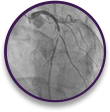
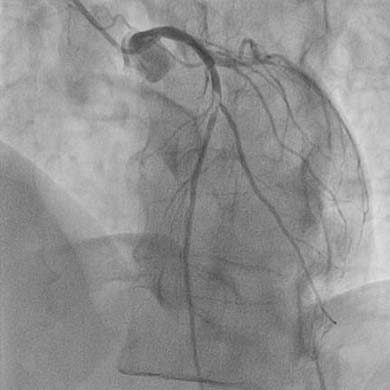
Proximal LAD occlusion at the origin of the first diagonal branch
Presentation
Exam and lab values
Medical history
Antiplatelet history
BMI=body mass index; bpm=beats per minute; CKD=chronic kidney disease;
ED=emergency department; ECG=electrocardiogram; LAD=left anterior descending artery.


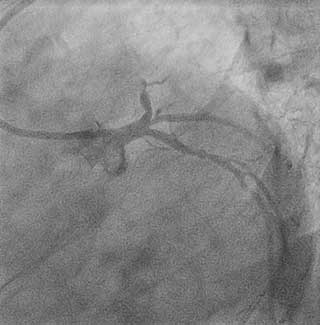
Presentation
Exam and lab values
Medical history
Antiplatelet history
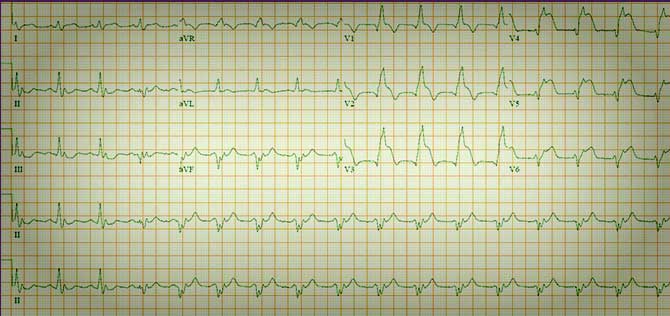
BMI=body mass index; BP=blood pressure; EMS=emergency medical services; LAD= left anterior descending artery.

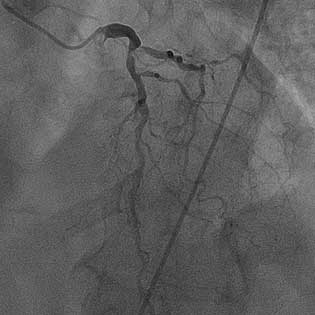
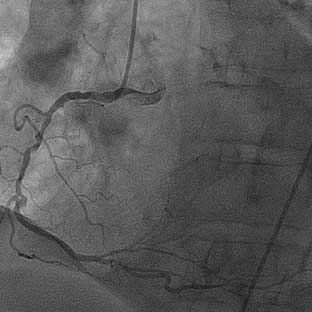
Presentation
Exam and lab values
Medical history
Antiplatelet history
BMI=body mass index; BP=blood pressure; GI=gastrointestinal; ULN=upper limit of normal; LAD=left anterior descending artery.
KENGREAL® (cangrelor) for Injection is contraindicated in patients with significant active bleeding.
KENGREAL® is contraindicated in patients with known hypersensitivity (e.g., anaphylaxis) to cangrelor or any component of the product.
Drugs that inhibit platelet P2Y12 function, including KENGREAL®, increase the risk of bleeding. In CHAMPION PHOENIX, bleeding events of all severities were more common with KENGREAL® than with clopidogrel. Bleeding complications with KENGREAL® were consistent across a variety of clinically important subgroups. Once KENGREAL® is discontinued, there is no antiplatelet effect after an hour.
The most common adverse reaction is bleeding.
KENGREAL® (cangrelor) for Injection is a P2Y12 platelet inhibitor indicated as an adjunct to percutaneous coronary intervention (PCI) to reduce the risk of periprocedural myocardial infarction (MI), repeat coronary revascularization, and stent thrombosis (ST) in patients who have not been treated with a P2Y12 platelet inhibitor and are not being given a glycoprotein IIb/IIIa inhibitor.
Open
Close